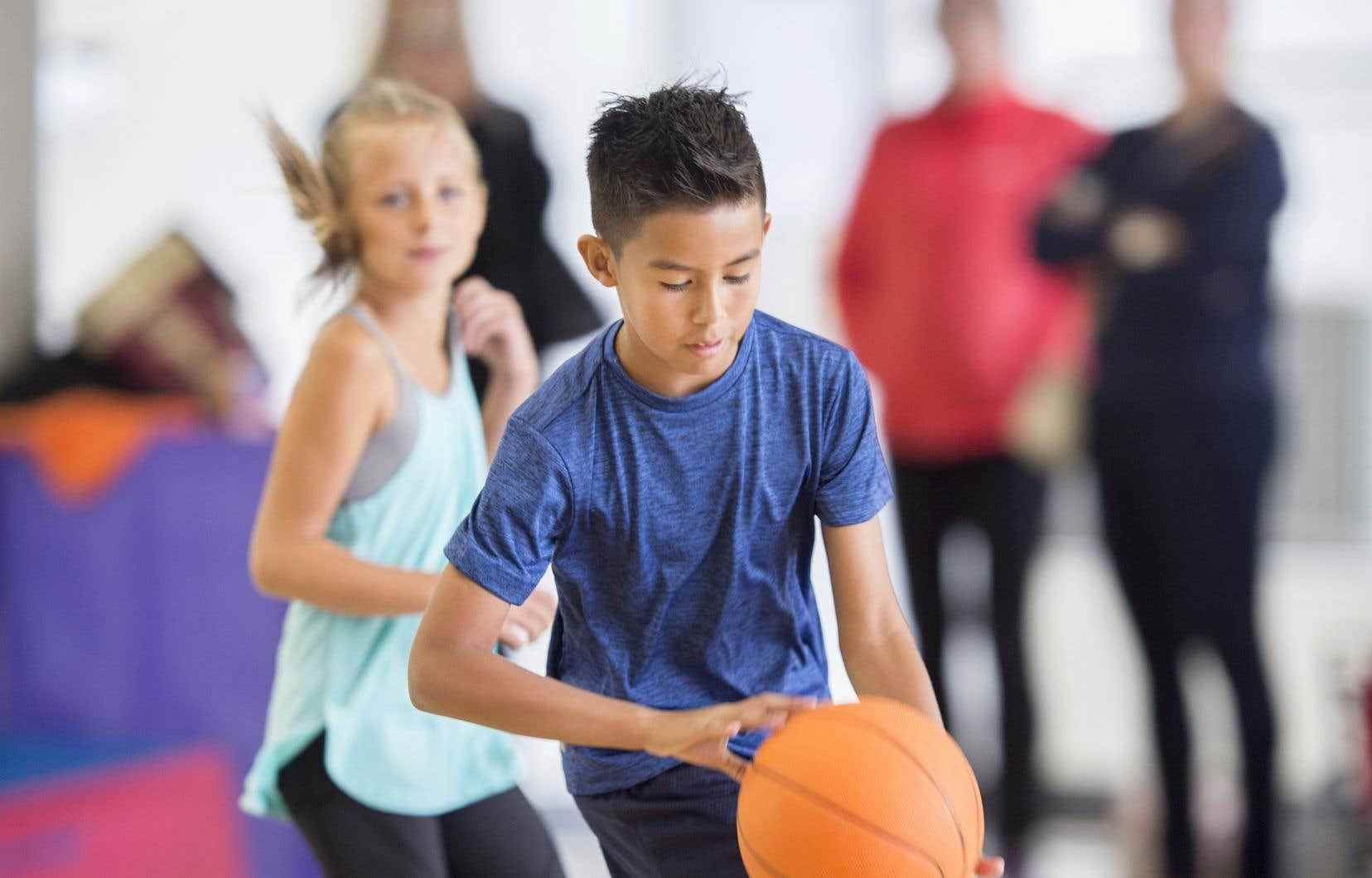This text is part of the special section Higher Education
Digital integration, motivation to be active, class management… The challenges are not small for teachers of physical education and health (EPS) in Quebec. And initial training is no longer fully adapted to the new realities in schools and universities. Aware of all these issues, a network bringing together several universities was created at the Université de Sherbrooke.
The Physical and Health Education Network (REPS) is funded by the Quebec Ministry of Higher Education to the tune of $689,790 and brings together experts from the educational community. “We have a team of professors appointed as representatives or individual members of the six French-speaking partner universities, representatives of educational bodies, including the Quebec Ministry of Education and the Federation of Physical Educators and Teachers of Quebec,” says the director at the head of the project, Véronique Marchand.
The project, spread over two years, aims to pool resources between universities and community stakeholders to enrich the offer of initial and continuing training for teachers in physical education and health. “We also have a mandate to develop new tools and resources that will be able to contribute to initial training in universities, while continuing to help teachers develop,” explains the professor from the Faculty of Life Sciences. physics, François Vandercleyen, who is part of the consultation committee of the REPS as a representative of the University of Sherbrooke.
To breathe new life into educational and pedagogical practices, it is necessary in particular to look at inclusive education and taking into account the diversity of students, believes the professor, “that is to say how to respond to students’ special needs, which are more and more numerous in the classrooms”.
The evaluation of learning will also be one of the main themes on which the REPS will look, as well as learning in the pleasure and motivation of the pupils, without forgetting the integration of digital technology.
Better integrate digital
“Like other disciplines, ours is experiencing major social issues,” says François Vandercleyen. The use of digital is one of them. “This raises all sorts of questions: what place is given to digital technology in physical education, when we know that young people are more and more exposed to screens? How to integrate it while adopting a thoughtful and critical posture? »
The pandemic has put an emphasis on using digital to stay active, acknowledges the professor. “It was interesting to reach the students, but there are limits,” he says. Digital technology could, for example, be used for a specific disciplinary competency called “adopting a healthy and active lifestyle”. According to the professor, in this type of case, digital technology can be of interest in collecting data on the physical activity of students outside of sports lessons at school. “It can help them get to know themselves better as individuals, improve their physical condition, strength, speed, etc. he says.
For her part, Véronique Marchand explains that the content developed within the REPS will use this skill. “The resources we are going to create will mainly be digital. We intend to build a webinar, a sequence for university trainers, to facilitate the appropriation of content at the level of motivation, for example, and we will use a platform to do so, “he illustrates. -she.
Restore motivation
These roster changes come at a crucial time, according to Ms.me Merchant. “More than 20% of students in Quebec are active only in their classroom lessons, so barely two hours a week, while the recommendation is one hour a day,” she notes. Better training, updated regularly and ready, in the field, for the challenges of today and tomorrow, will better meet the needs of students, she said.
François Vandercleyen agrees. The professor points out that this discipline allows young people to adopt a healthy and active lifestyle that avoids certain physical ailments or chronic illnesses later on. “Physical education deserves to have more space in terms of number of hours, more than ever in a society that is very ‘screen dependent’, where there is a disconnection from feelings and the body”, thinks he. He also hopes that all this reflection will make it possible to make better known a matter little known to the general public. “We have to deconstruct this idea that physical education only serves to get young people moving. It pursues learning objectives on the motor level, but also on the social and affective levels,” he concludes.
This special content was produced by the Special Publications team of the To have to, relating to marketing. The drafting of To have to did not take part.
